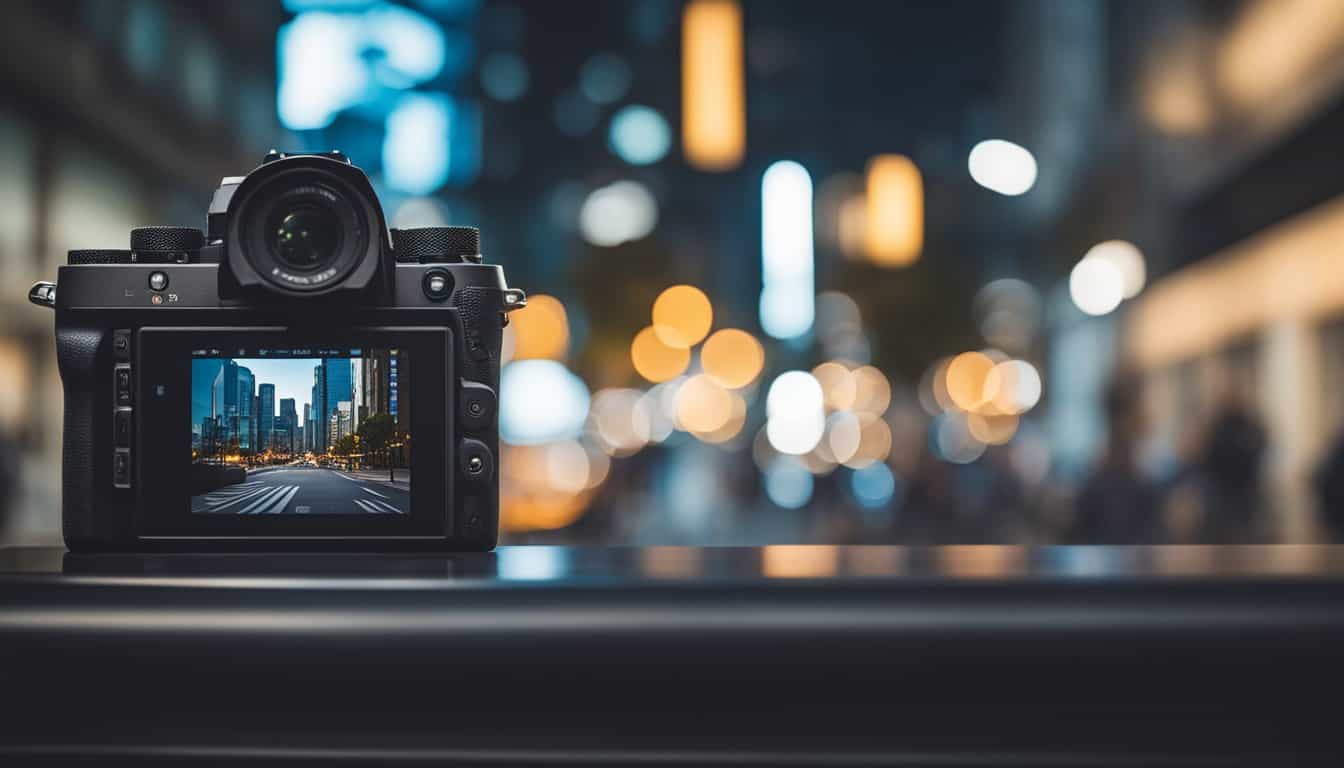Mastering the Art of Solar Eclipse Photography Using Your Mirrorless Camera
Photographing a solar eclipse can be a thrilling and rewarding experience for professional photographers. Capturing that perfect shot requires a combination of the right equipment, proper techniques, and a deep understanding of solar eclipses.

Understanding Solar Eclipses
Before diving into the technical aspects of photographing a solar eclipse, its essential to understand what a solar eclipse is. A solar eclipse occurs when the moon passes between the Earth and the sun, partially or completely blocking out the sun for a brief period. There are three types of solar eclipses: total, partial, and annular.

Choosing the Right Equipment
Why Use a Mirrorless Camera?
Mirrorless cameras have become popular among professional photographers due to their compact size, high-quality image sensors, and advanced features. If you're new to mirrorless cameras, you might find this article on essential gear helpful. They offer advantages such as high-resolution electronic viewfinders, faster autofocus, and the ability to use adapters for a variety of lenses.
Here's a guide on what makes a mirrorless camera unique.
Lenses and Filters
When photographing a solar eclipse, using the right lens and filters is crucial. A telephoto lens with a focal length of at least 400mm is recommended to get a close-up shot of the eclipse. Additionally, a solar filter is essential to protect both your camera and your eyes from the intense sunlight.

Preparation is Key
Preparation is essential for capturing the best images of a solar eclipse. Here are some tips:
- Scout Your Location: Find a spot with a clear view of the sky and minimal light pollution.
- Weather Check: Monitor the weather forecast to ensure clear skies on the day of the eclipse.
- Plan Your Shoot: Decide on the type of shots you want to capture and plan accordingly.

Camera Settings for Solar Eclipse Photography
Getting the camera settings right is crucial for capturing stunning images of a solar eclipse. Here are some recommended settings:
- ISO: Set your ISO to the lowest possible setting to reduce noise.
- Aperture: Use a small aperture (high f-number) to get a sharp image.
- Shutter Speed: Adjust your shutter speed to correctly expose the sun without overexposing the image.
Experiment with different settings before the eclipse to find the best combination for your camera and lens.
Shooting Techniques
Focusing
Focusing is critical when photographing a solar eclipse. Use manual focus and zoom in on the sun to get a sharp focus. You can also use the live view mode to fine-tune your focus.
Composition
Composition is key to creating compelling images. Experiment with different compositions by including foreground elements such as landscapes or buildings to add context to your shots.
Post-Processing
Post-processing plays a significant role in enhancing your solar eclipse photos. Use photo editing software to adjust the exposure, contrast, and color balance. Additionally, you can stack multiple images to create a composite showing the various stages of the eclipse.
Safety Precautions
Photographing a solar eclipse can be dangerous if proper precautions are not taken. Always use a solar filter to protect your eyes and camera from harmful solar radiation. Never look directly at the sun without proper eye protection.
For more in-depth tips and tricks on using mirrorless cameras, check out this guide.
FAQ
Q1: Do I need a special lens to photograph a solar eclipse?
A1: Yes, a telephoto lens with a focal length of at least 400mm is recommended for capturing detailed images of the solar eclipse.
Q2: Can I use my mirrorless camera without a solar filter?
A2: No, using a solar filter is essential to protect your camera's sensor and your eyes from the intense sunlight.
Q3: What is the best time to photograph a solar eclipse?
A3: The best time to photograph a solar eclipse is during its peak when the sun is mostly or completely covered by the moon.
As an Amazon Associate, I earn from qualifying purchases.

